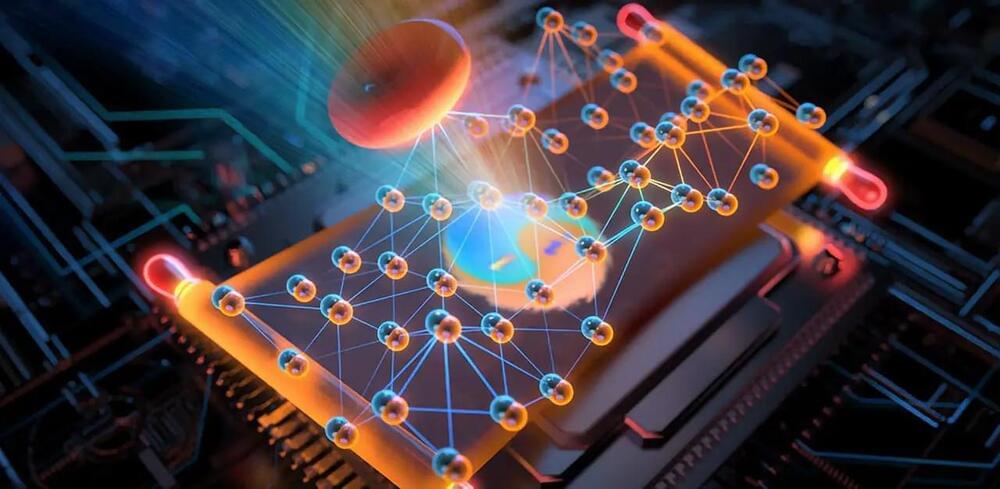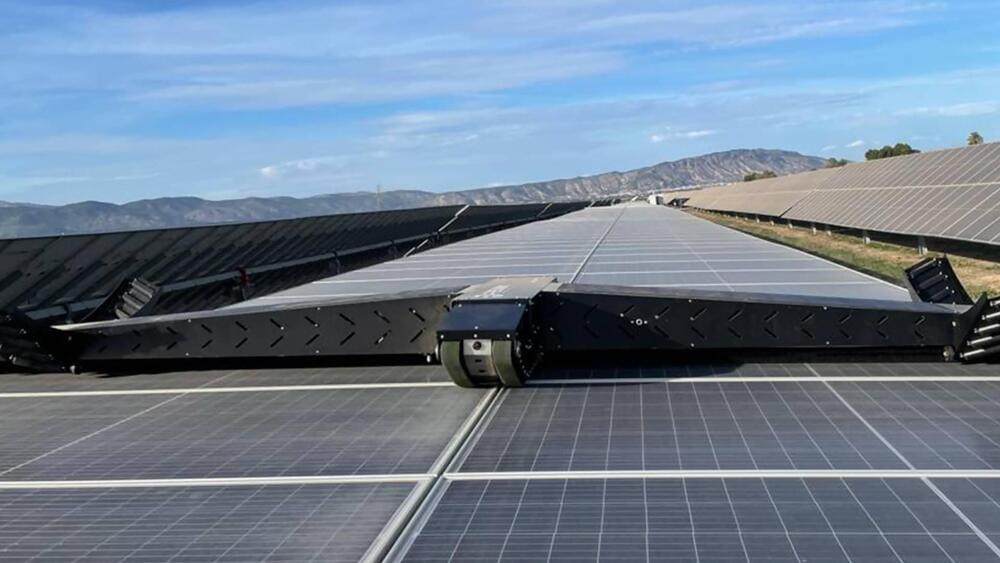We could soon see AI-powered robots taking over several jobs in Canadian grocery stores. Richard Southern with how a labour strike in one part of the country could have nationwide implications.
Category: robotics/AI – Page 1,115

Revolutionizing Optical Imaging With Complex-Domain Neural Networks
Computational imaging holds the promise of revolutionizing optical imaging with its wide field of view and high-resolution capabilities. Through the joint reconstruction of amplitude and phase — a technique known as “coherent imaging or holographic imaging” — the throughput of an optical system can expand to billions of optically resolvable spots. This breakthrough empowers researchers to gain crucial insights into cellular and molecular structures, making a significant impact on biomedical research.
Despite the potential, existing large-scale coherent imaging techniques face challenges hindering their widespread clinical use. Many of these techniques require multiple scanning or modulation processes, resulting in long data collection times to achieve a high resolution and signal-to-noise ratio. This slows down imaging and limits its feasibility in clinical settings due to tradeoffs between speed, resolution, and quality.

The big bottleneck for AI: a shortage of powerful chips
The crushing demand for AI has also revealed the limits of the global supply chain for powerful chips used to develop and field AI models.
The continuing chip crunch has affected businesses large and small, including some of the AI industry’s leading platforms and may not meaningfully improve for at least a year or more, according to industry analysts.
The latest sign of a potentially extended shortage in AI chips came in Microsoft’s annual report recently. The report identifies, for the first time, the availability of graphics processing units (GPUs) as a possible risk factor for investors.

Meta releases open source AI audio tools, AudioCraft
On Wednesday, Meta announced it is open-sourcing AudioCraft, a suite of generative AI tools for creating music and audio from text prompts. With the tools, content creators can input simple text descriptions to generate complex audio landscapes, compose melodies, or even simulate entire virtual orchestras.
AudioCraft consists of three core components: AudioGen, a tool for generating various audio effects and soundscapes; MusicGen, which can create musical compositions and melodies from descriptions; and EnCodec, a neural network-based audio compression codec.

Quantum leap: How quantum sensors are revolutionizing robotics
Head over to our on-demand library to view sessions from VB Transform 2023. Register Here
The recent Ant-Man movie did a great job of putting quantum up in lights, but the future of quantum science shines even brighter than fiction. One application, quantum sensors, is already the basis of some of the most important systems and technologies in our world — global positioning systems (GPS) and magnetic resonance imaging (MRI) scanners are prime examples.
Quantum sensors and quantum AI are just the beginning: Robots are now getting the quantum sensor treatment too. Quantum sensors will supercharge the way robots work and how we apply them to important 21st-century challenges.

New acoustic attack steals data from keystrokes with 95% accuracy
A team of researchers from British universities has trained a deep learning model that can steal data from keyboard keystrokes recorded using a microphone with an accuracy of 95%.
When Zoom was used for training the sound classification algorithm, the prediction accuracy dropped to 93%, which is still dangerously high, and a record for that medium.
Such an attack severely affects the target’s data security, as it could leak people’s passwords, discussions, messages, or other sensitive information to malicious third parties.


This new robot cleans solar panels without using any water
It reduces water wastage and carbon emissions.
“When it comes to photovoltaics, dust is the enemy. This is not a trivial concept, even if it may seem so at first glance; actually, the problem of soiling – the accumulation of dust, dirt or sand on PV panels – can decrease, sometimes significantly, the performance of solar power systems,” stated an Enel Green Power press release published on Friday.
Desert areas
“It’s an issue that’s particularly important in desert areas, areas with low rainfall, and those characterized by the presence of very dusty soil, where soiling can have a heavy impact on energy yield, but in any case, it’s something that concerns solar power everywhere, because regardless of location, cleaning the panels still involves costs, including environmental ones.”

China’s top SUV maker to add ChatGPT-like bot into cars
Great Wall Motor will use Baidu’s Ernie 3.5 foundational language model which rivals OpenAI’s ChatGPT4.
Marking the entry of AI systems into mass-market cars, Chinese automaker Great Wall Motor (GWM) is set to integrate Baidu’s ChatGPT-like AI system, which enables conversation between driver and car.
According to South China Morning Post (SCMP). GMW has partnered with technology firm Baidu to produce automobiles integrated with the latter’s chatbot tool, Ernie Bot, bolstering a push to make cars more intelligent and user-friendly.

Meta to launch AI-powered chatbots with ‘personas’ in September
Mark Zuckerberg is set to enter the AI space and join the AI hype by launching chatbots on Facebook’s social media platforms.
With tech giant companies joining the artificial intelligence race to keep up with the new technology demand, Meta’s owner is all set to launch a variety of AI-backed chatbots.
Financial Times (FT) reported earlier today (2 Aug 2023) that the chatbots will launch as soon as next month. With the ambition to boost engagement, the tech giant has been designing new persona-based chatbot prototypes that can have humanlike discussions with its nearly four billion users.